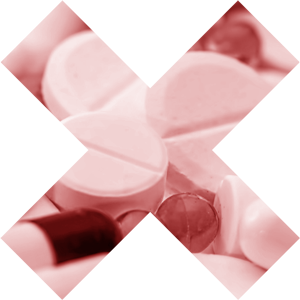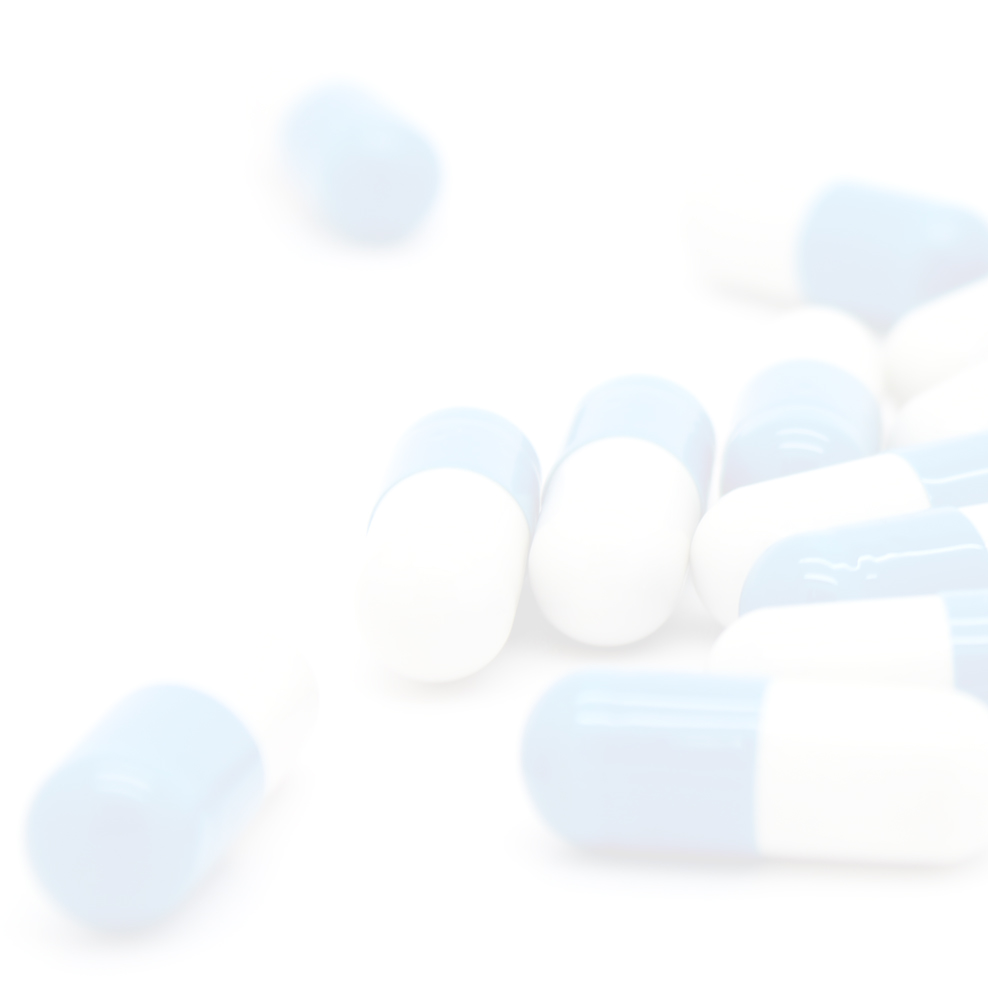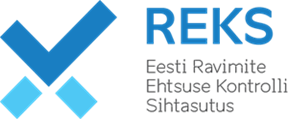The Prevention of falsified medicines
In order to prevent falsified medicines from reaching the patient through the legal supply chain, from 09.02.2019 to verify the authenticity of serialised (mostly prescription) medicinal product packages, provided that the package has a unique code. The code is place on the packaging by the pharmaceutical manufacturers, who are also responsible for uploading the relevant data to the database. The Estonian Medicines Verification System (EtMVS) allows Estonian retail and hospital pharmacies and wholesalers to carry out medicine verification and to remove the code from the packaging before dispensing to the end user.

Goals of REKS
REKS is a non-profit organisation established to manage and coordinate the Estonian Medicine Verification System. The purpose of REKS is to ensure that genuine medicinal products can pass through the legal supply chain of medicinal products which can be technically verified.
REKS was founded on 26.10.2016 by the Association of Pharmaceutical Manufacturers of Estonia, the Estonian Association of Pharmaceutical Wholesalers, and the Estonian Pharmacies Association. The work of the organisation is managed and organised by a six-member Supervisory Board. The Estonian Society of Hospital Pharmacists is also represented in the Supervisory Board via the Estonian Hospitals Association.

How does genuine drug control work?
Pharmaceutical companies provide all medicines subjected to the obligation to be serialised (mostly prescription drugs) with unique security features, such as a unique identifier and a physical anti-tampering device. During the manufacturing process of a medicinal product, the manufacturer shall load into the database information that such a medicinal product has been manufactured and activated for marketing.
The unique identifier is the 2D barcode, which is different on each package and includes the drug product code, unique serial number, the expiration date and the batch number. The unique identifier can be verified by a pharmacist or wholesaler with a scanner. In addition to the 2D code, each package has 4 human-readable code elements that allow for manual control.
When dispensing a serialised drug to an end user, e.g. a patient, the medicine is verified through the code on its packaging. In addition for the verification, the pharmacist or wholesale will have to deactivate the code on the packaging, which prevents the same code from being reused. The patient can be certain that the sold prescribed medicine is not a falsified medicine.

What are ‘falsified medicines’?
Falsified medicines are medicines that are presented as genuine and authorised medicines. The term “falsified” includes all forms of falsifications, including infringement of intellectual property rights.
Falsified medicines can contain ingredients, including active ingredients of poor quality or in the wrong dose – either too high or too low. For the reason, as they are not properly evaluated for the quality, safety and efficacy (as strict EU procedures require it), they can be detrimental to the patients who use them. The distinction between falsified medicines and genuine medicines is becoming increasingly complex, increasing the risk of falsified medicines reaching EU patients.
Cases of falsified medicines have occurred all over the world, including in Europe, and there is a risk that falsified medicines may reach Estonia. In order to avoid the latter, Estonia, together with other European countries, has a duty to implement a unified system for checking security features to ensure patient safety.
Prevention falsified medicines from reaching the legal supply chain?
Pharmaceutical companies must apply two safety features to their packaging:
- A unique identifier (which includes the drug product code (GTIN), the unique serial number, the expiration date and batch number), both in 2D code and in human-readable form
- An anti-tampering device on the packaging, such as a sticker that identifies the packaging has not previously been opened
When a medicine is dispensed, the security feature on the packaging is scanned and authenticated against the data in the database of the country of origin or supranational. If the unique identifier matches the information in the database, the packaging is deactivated and delivered to the next link in the supply chain or to the end user (patient).
If an alert is triggered when a package is scanned, they system will display it as an emergency case and the package will not be delivered to the patient. The relevant procedure must clarify whether the packaging is falsified or not. In Estonia, the procedure is conducted by the State Agency of Medicines.
Due to high volume of alerts and the aim of ensuring the availability of medicines, a transitional period is currently in place in Estonia. This means that the end user must, in certain cases, quarantine the medicine package if the alert occurs (if the package is in the status of “inactive). Instructions are available on the State Agency of Medicine’s website.
The European Medicines Verification System (EMVS) consist of a central database and national medicines authentication databases.
The information systems of the Marketing Authorisation Holders and parallel distributors are connected to a central database for the purpose of uploading unique identifiers. These stakeholders are responsible for aligning their production lines and for building and maintaining European and respective country-specific systems.
End users, such as wholesalers (responsible for risk-based prescription medicine control), pharmacies and hospital pharmacies (responsible for controlling and prescribing all prescription medicines dispensed to patients), are connected to the Estonian Medicines Verification System (EtMVS). End users are responsible for customising their IT system and interfacing with the system.
Contact
Reg No: 90013561
VAT: EE101937331
Email: info(at)reks.ee
Phone: +372 656 5973
Swedbank, Liivalaia-8, 15040 Tallinn
Account name: Ravimite Ehtsuse Kontrolli SA
IBAN: EE942200221065263548
SWIFT: HABAEE2X

